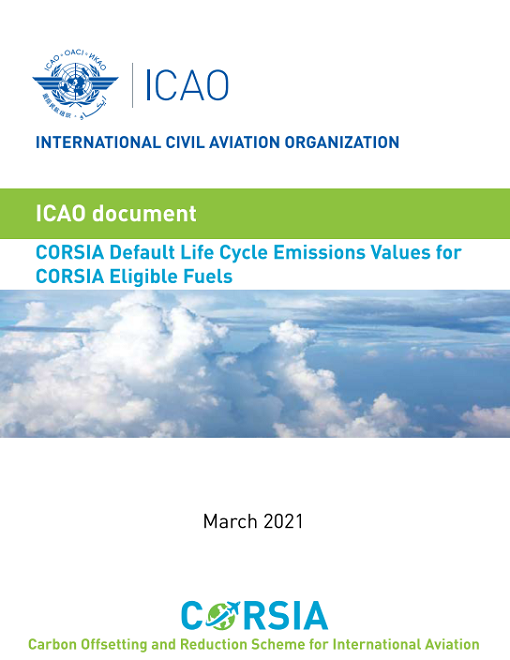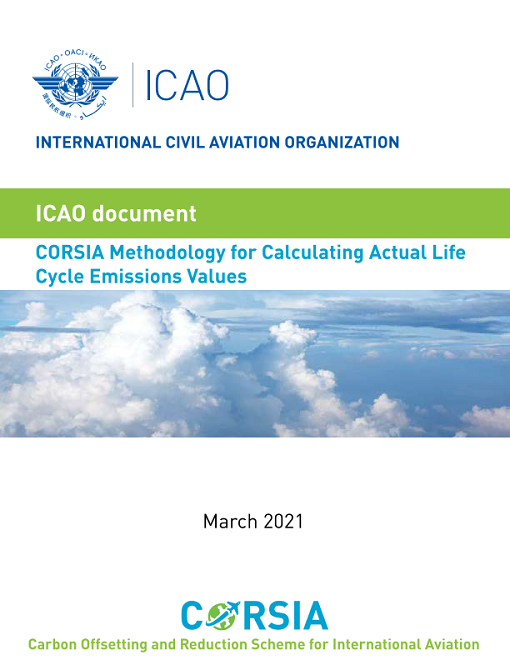In Resolution A39-3, the ICAO Assembly requested the Council to develop a methodology to ensure that an aircraft operator's offsetting requirements under CORSIA can be reduced through the use of sustainable aviation fuels. Following up on this request, ICAO has developed a methodology that allows operators to obtain the life cycle emissions value of a specific SAF, in order to claim emission reductions from the use of SAF in CORSIA.
Under this methodology, the amount of emissions reductions generated by the use of SAF depends on its life cycle emissions value, expressed in terms of grams of CO2 equivalent per megajoule (gCO2e/MJ). This life cycle emission value is composed of two main elements:
1) Core Life Cycle Assessment (LCA) emissions, which include the emissions associated with: feedstock cultivation, feedstock harvesting, collection and recovery, feedstock processing and extraction, feedstock transportation to processing and fuel production facilities, feedstock to fuel conversion processes, fuel transportation and distribution, and fuel combustion in an aircraft engine, and
2) Induced land-use change (ILUC) emissions – CORSIA Eligible Fuel production may require some additional land to be used, and generate land use change GHG emissions. These could occur where the new CORSIA Eligible Fuel production is taking place (direct land use change) but also in other locations due to the displacement of crops (or animals) for which the land was previously used (indirect land use change). ILUC emissions assessment accounts for these different effects, by evaluating greenhouse gas released from conversion of natural vegetation (forest, other natural land), soil organic carbon, oxidation of peatlands, and sequestered biomass.
- Direct land use change emissions are also considered in CORSIA. As per the CORSIA Sustainability Criteria, Theme 1, Criterion 2: In the event of land use conversion after 1 January 2008, as defined based on IPCC land categories, direct land use change (DLUC) emissions shall be calculated. If DLUC greenhouse gas emissions exceed the default induced land use change (ILUC) value, the DLUC value shall replace the default ILUC value.
The total life cycle emission value for a given SAF is the sum of core LCA emission and the ILUC emission. There are two ways of obtaining the life cycle emission value of a SAF in CORSIA:
- using a default value - The ICAO document "Default Life Cycle Emissions Values for CORSIA Eligible Fuels" provides default life cycle emission values for SAFs, as a function of the feedstock, conversion process, and production region of the SAF. The methodologies used by CAEP to calculate default life cycle emission values are detailed in the CORSIA Supporting Document "CORSIA Eligible Fuels - LCA Methodology".
| - Calculating an actual value – the CORSIA framework allows fuel producers to calculate Actual Life Cycle Emissions Values for SAFs, and as a consequence to claim Life Cycle Emissions Values lower than the default values, in case they can support that with proper technical information. The detailed methodologies that shall be followed to calculate Actual Values are detailed in the ICAO document "CORSIA Methodology for Calculating Actual Life Cycle Emissions Values".
|

| 
|
